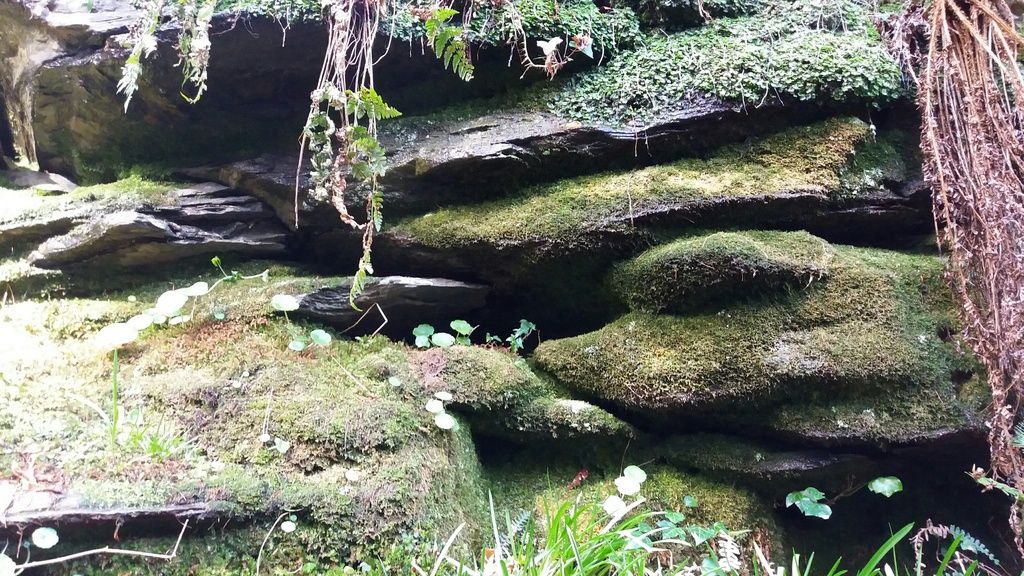On the sea coast of southern Texas we are already experiencing days with temps above 80°F (27°C). Winter doesn't last long here. We are at about the same latitude as central Algeria or New Delhi, India. However, at our backs is the North American continental landmass and some very strong weather fronts can sometimes come barreling down the Great Plains towards us at weird times. The Canadians occasionally over-do it on the cold and it spills over onto us. This region is also known to occasionally get a hurricane (cyclone) or two in the warmer months.
Gardens grow very well and there are a lot of wild plants to forage. Plants to harvest include natal plums (carissa berries), cattails, and a wide variety of plants most people consider weeds. People kill the weeds, which are all too often edible, and keep the ornamental stuff which is typically toxic. If you know which 'weeds' are which, it's a cornucopia. People mow the stuff down constantly and the weeds will still grow taller than a human at a shocking pace
When in the bush you have to be very careful of the nastier snakes (copperheads, water moccasins, and rattlesnakes). If you are bold, remember, rattlesnake really does taste like chicken. Be careful, reptiles tend to carry salmonella so prepare accordingly. Most reptiles taste like chicken when cooked. Alligator is textured like chicken and tastes like chicken with a hint of catfish.
Other hazards in the bush include the hordes of local mosquitoes (more than a few of which are almost big enough to haul passengers in commercial service) and they sometimes carry West Nile Virus. In some of the marshes down in Mexico the locals will gather up mosquito eggs in huge numbers and prepare them as food.
As the temperature warms up in this very humid, warm climate, you have to be careful of wild land animal and flying protein sources. Parasites and worms tend to be a problem. Those are best harvested in the colder months (well, weeks, depending upon what you consider to be 'cold'). Some, like alligators, ducks, and deer, are subjected to seasons.
We have some of the largest oyster beds in the USA here. However, for safety's sake you normally only harvest them in colder months. Typically, the oyster harvest tends to end around the time of the Oyster Festival, and that was almost a month ago (the kids go to a carnival while the adults drink lots of beer, eat a zillion oysters, and listen to bands playing loud country music). Warm weather oyster hazards include red tide (can make an oyster or clam lethal to eat) and vibrio vulnificus, which is a flesh eating bacteria that can cause a crippling loss of limbs or death. It's an old practice for many of the locals to have a small container nearby with some bleach in it, so if their skin gets cut in the water during warmer weather, they immediately pour a bit of bleach on the wound.
In the summer months, some of your best sources of protein are saltwater fish. For foraging in this type of environment, a coastal estuary, any boat, even a small dinghy, is a huge advantage.
Saltwater fish in the Gulf of Mexico can get rather large, and it's not that uncommon to catch from a breakwater an Atlantic redfish (ocean perch) the length of the tailgate on a Toyota pickup.
Because the fish tend to be bigger than most fresh water fish, and most have a good set of teeth, saltwater fishing typically needs strong gear and steel leaders.
Two of my most common fishing tools is a throw net and a Cuban yo-yo. I also have a couple of crab cages made out of coated chicken wire.
A throw net is invaluable. We have one vegetarian species of fish, the mullet, that you primarily catch by net, though a hook baited with bread sometimes works. In Texas, mullet are only used for bait by most people, though I have found them tasty. Further east, once you start getting towards Florida, you can even start finding them served in restaurants. You can also catch shrimp (prawns) with a throw net, and there are tons of those here.
If you don't know what a Cuban yo-yo is, you should look it up. Regardless of where you live on the planet, it is a valuable addition to your self-sufficiency gear. They are dirt cheap on eBay.

